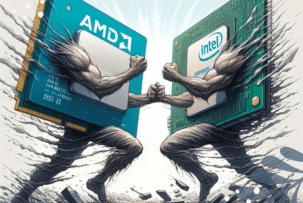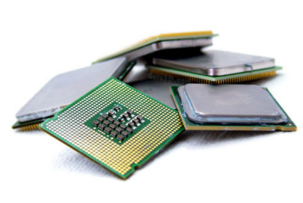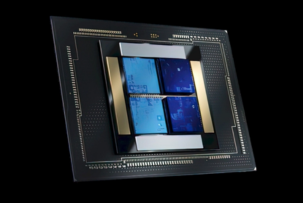Breakthrough in Electronics: The US Has Created the World's First Petahertz Transistor
13:20, 28.05.2025
American and German scientists have made a technological breakthrough by creating the world's first photonic transistor operating at petahertz frequencies — a thousand times faster than modern microchips. The result promises to dramatically accelerate computing processes, including in the field of artificial intelligence, and open the way to ultrafast electronics.
The research was conducted by an international team of scientists from the University of Arizona, the Jet Propulsion Laboratory of the California Institute of Technology and the Ludwig-Maximilians-University of Munich. The project was led by Mohammed Hassan, professor of physics and optical sciences at the University of Arizona, previously known for developing the world's fastest electron microscope.
Graphene and Light: The Basis of Future Technology
At the heart of the development is graphene, a unique material one carbon atom thick. Scientists have managed to pass electrons through it using ultra-short light pulses lasting less than a trillionth of a second. This process allows generating electric current at an unprecedented rate - pulses of light are switched every 638 attoseconds, which is one quintillionth of a second.
Features of the New Transistor
One of the main distinguishing features of the new transistor is that it does not require specific operating conditions. The system operates without ultra-low temperatures or vacuum, making it potentially suitable for mass production. Although specialized lasers were used in the early stage, the team is already working on adapting the technology for compatibility with industrial equipment.
Potential for Artificial Intelligence and Supercomputers
According to Prof. Hassan, software development is far outpacing hardware improvements, especially in AI. The new transistor could bridge this technological gap and accelerate computing systems by orders of magnitude, paving the way for new generations of supercomputers and smart devices.


